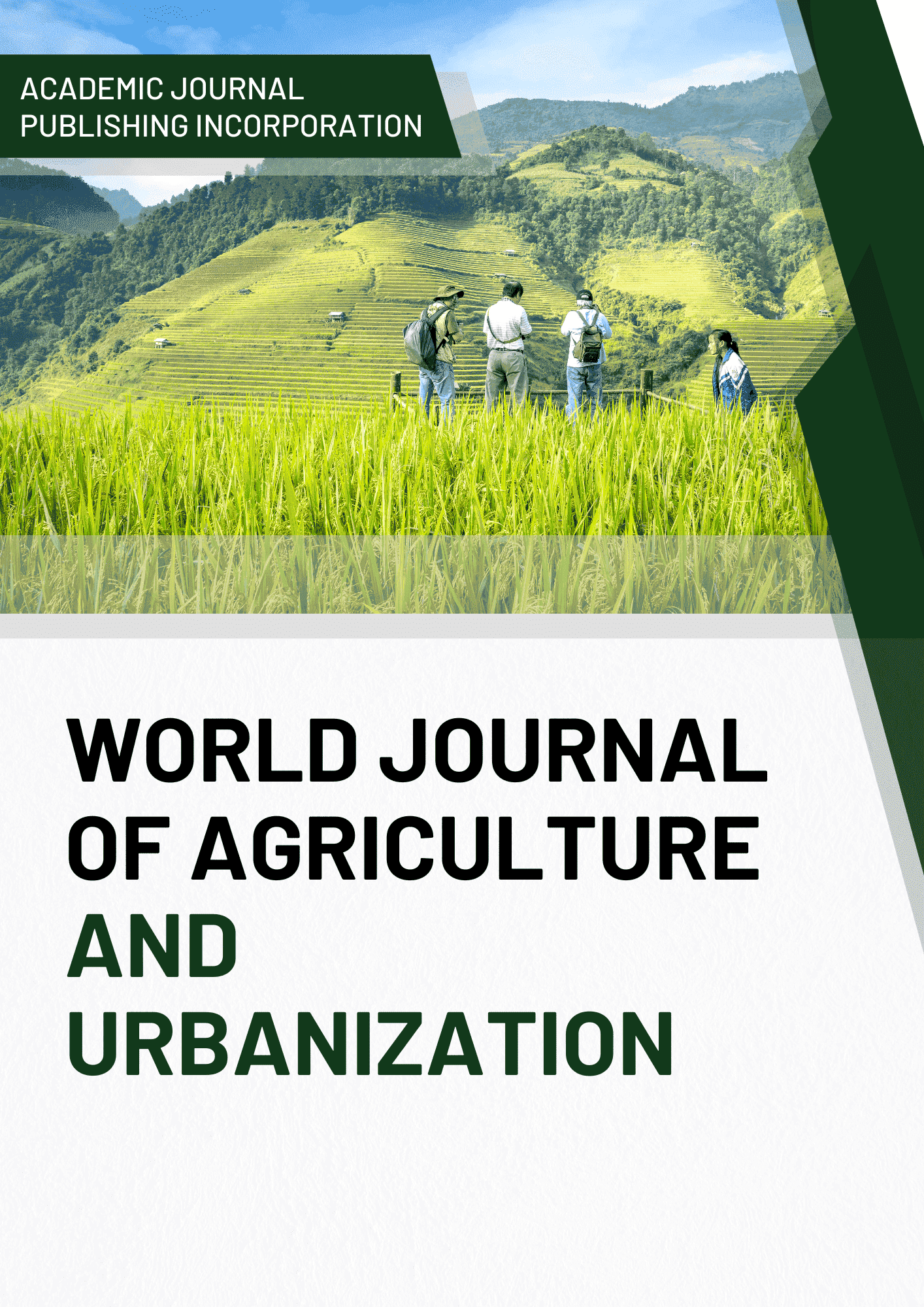On the Question of the Oscillatory Process of the Under-Rail Base in the Zone of the Rail Joint with Under-Rail Pads of Different Elasticity
DOI:
https://doi.org/10.51699/wjau.v1i12.35Keywords:
Fourier analysis, rail padding, elasticity, Sapsan, high-speed movement, vibration acceleration, shock absorber padsAbstract
The article presents the results of full-scale tests of rail pads in order to assess the effect of stiffness and the number of standard and experimental rail pads-shock absorbers on the amplitude-frequency characteristic of oscillations that occur in the ballast layer in the rail joint zone during the movement of rolling stock. To achieve this goal, we measured the vertical vibration accelerations that occur during the passage of trains in the rail junction area with a different number of standard rail pads-shock absorbers TsP-204-M-ARS (standard) and pads-shock absorbers of increased elasticity (experimental). On the basis of the obtained values, the amplitude- frequency characteristic of the oscillatory process was determined by means of the Fourier transform. The main (carrier) frequencies, at which the maximum amplitudes of vibration accelerations are fixed, are determined, first of all, not by the material of the shock absorber gasket, but by the magnitude of the force impact. The use of experimental pads-shock absorbers makes it possible to reduce and redistribute the energy of vibrations transmitted to the ballast layer.
References
Kolos, A., Romanov, A., Govorov, V., Konon, A. Railway subgrade stressed state under the impact of new-generation cars with 270 kN axle load. (2020) Lecture Notes in Civil Engineering, 49, pp. 343-351.
Petriaev, A. Modeling of a railway roadbed reinforcement. (2020) Lecture Notes in Civil Engineering, 50, pp. 27-35.
В.О.Певзнер, М.М.Железнов, В.Н.Каплин, А.В.Третьяков, М.Н.Мысловец, А.С.Томиленко. Повышение стабильности пути в зоне стыков за счёт применения упругих подшпальных прокладок. Вестник ВНИИЖТ, 2016г. № 3.
Kaewunruen, S., Remennikov, A.M. An Alternative Rail Pad Tester for Measuring Dynamic Properties of Rail Pads Under Large Preloads. Exp Mech 48, 55–64 (2008). https://doi.org/10.1007/s11340-007-9059-3.
Sol-Sánchez, M. & Moreno-Navarro, Fernando & Gámez, Ma. (2015). The use of elastic elements in railway tracks: A state of the art review. Construction and Building Materials. 75. 10.1016/j.conbuildmat.2014.11.027.
Remennikov, Alex & Kaewunruen, Sakdirat & Ikaunieks, K.. (2020). Deterioration of dynamic rail pad characteristics. Faculty of Engineering - Papers.
Sol-Sánchez, M. & Moreno-Navarro, Fernando & Gámez, Ma. (2014). The use of deconstructed tire rail pads in railroad tracks: Impact of pad thickness. Materials & Design. 58. 198–203. 10.1016/j.matdes.2014.01.062.
Carrascal, Isidro & Núñez, Alejandro & Casado, José & Diego, Soraya & Polanco, Juan & MARTÍN, JUAN. (2018). Development of metal rubber pads for high speed railways. 487-498. 10.2495/CR180431.
Sol-Sánchez, M. & Moreno-Navarro, Fernando & Gámez, Ma. (2014). Viability analysis of deconstructed tires as material for rail pads in high-speed railways. Materials and Design. 64. 407-414. 10.1016/j.matdes.2014.07.071.
Butorina, M., Minina, N., Ivanov, P., Petryaev, A. Reduction of Vibroacoustic Effect of High- speed Trains (2017) Procedia Engineering, 189, pp. 352-359.
Serebryakov, D., Konon, A., Zaitsev, E. The Study of Subgrade Operating Conditions at Bridge Abutment Approach (2017) Procedia Engineering, 189, pp. 893-897.
Petriaev, A. Stress Response Analyses of Ballasted Rail Tracks, Reinforced by Geosynthetics (2017) Procedia Engineering, 189, pp. 660-665.
Boronenko, Yu.P., Rahimov, R.V., Lafta, W.M., Dmitriev, S.V., Belyankin, A.V., Sergeev,
D.A. Continuous monitoring of the wheel-rail contact vertical forces by using a variable measurement scale (2020) 2020 Joint Rail Conference, JRC 2020.
Downloads
Published
How to Cite
Issue
Section
License

This work is licensed under a Creative Commons Attribution 4.0 International License.
The work simultaneously licensed under a Creative Commons Attribution 4.0 International License
You are free to:
- Share — copy and redistribute the material in any medium or format
- Adapt — remix, transform, and build upon the material for any purpose, even commercially.
The licensor cannot revoke these freedoms as long as you follow the license terms.
Under the following terms:
-
Attribution — You must give appropriate credit, provide a link to the license, and indicate if changes were made. You may do so in any reasonable manner, but not in any way that suggests the licensor endorses you or your use.
- No additional restrictions — You may not apply legal terms or technological measures that legally restrict others from doing anything the license permits.








